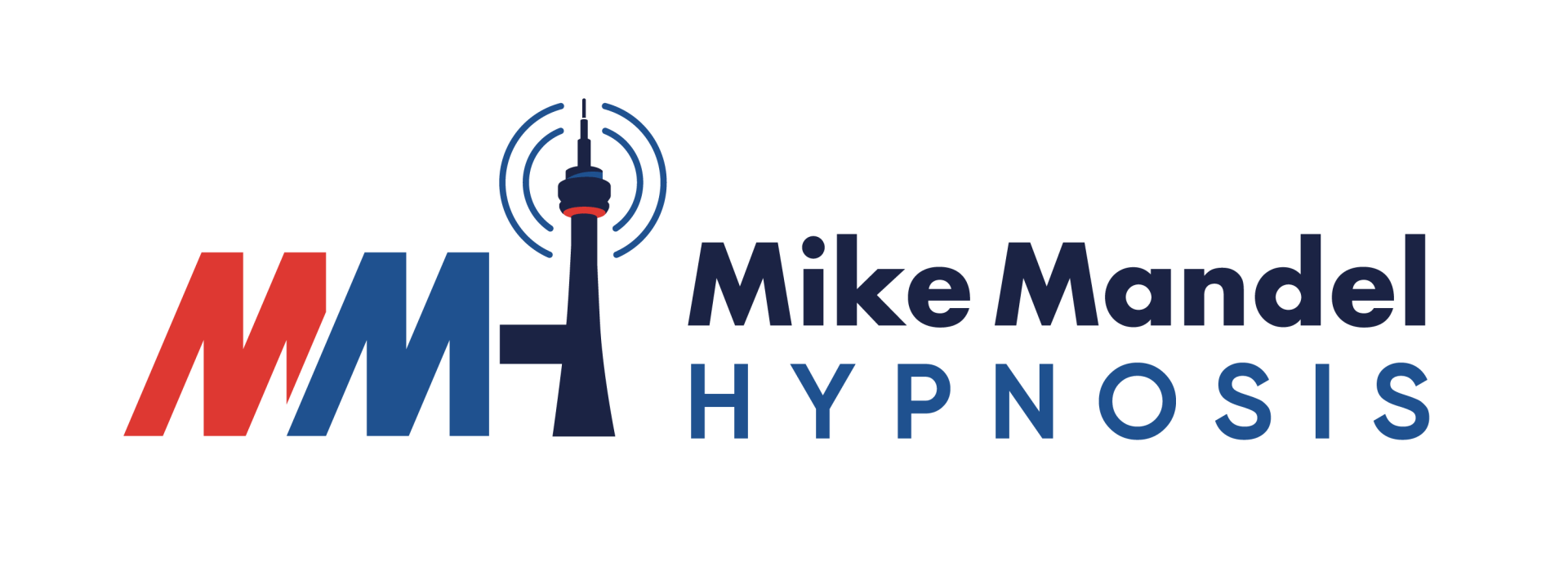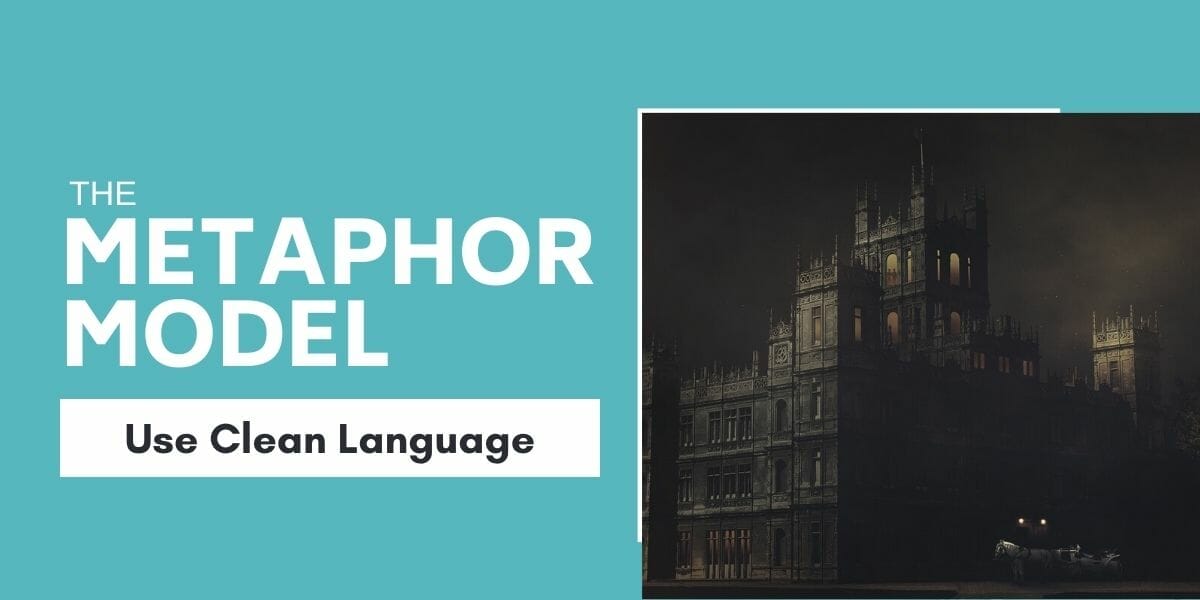You probably already know what a metaphor is, don’t you?
In order to help you catch up with the lingo just in case you missed the boat on the meaning of this English word, a metaphor is a word or phrase that stands in or replaces the meaning of something else.
Does that make sense?
Take the paragraph that was written above.
Notice the italicized words? Those were phrases used as a metaphor to mean something else.
You didn’t really catch up to anything nor did you actually miss a literal boat regarding the definition of the word, and yet you were able to understand everything I said, didn’t you?
We use metaphors each and every day because the metaphors we use in our everyday language have their own underlying meanings and help us navigate the world in a symbolic way that makes sense.
In fact each of us use about 6 different metaphors in our communication every minute.
This is a video introduction we posted on YouTube on this same topic. Of course, you are completely free to watch it or just keep on reading:
The Reason Behind The Metaphoric Madness
Metaphors help us process and understand the world by allowing us to take something and connect it with something else.
Take for example these phrases:
“That really hit the nail on the head..”
“Wow I didn’t see that coming..”
“I don’t mean to toot my own horn or anything…”
You’ve probably used these phrases in one way, shape, or form, and know exactly what they mean to you and how you would use them.
Does it mean that you are literally taking something and using it as a nail?
Or that you literally couldn’t see something coming?
Or that you have a literal horn you don't want to toot, but accidentally are going to toot it?
The most common response to any of those questions is, probably not…
So when it comes to the way we communicate, you now have a better understanding of what a metaphor is and how it’s used, but what does this have to do with hypnosis or Neuro Linguistic Programming?
Oh man... hang on because you are about to have your mind blown. (metaphorically, of course..)
Use Clean Language To Unpack A Whole New World
Because of the work of the late Dr. David Grove, who wrote the incredible book, “Clean Language”, we have a much better understanding of how metaphors work.
Dr. Grove also teaches us that everyone adds their own individualism to their metaphors, meaning that we each attach our own biases and emotions to the metaphors we use.
This can be problematic for someone like a coach or a therapist attempting to extract more information from their client.
Take for example, a client who is feeling anxious.
Someone without the knowledge of The Metaphor Model might ask their client, “So I bet that anxiety feels like you just can’t handle the world…”
But what if the client didn’t resonate with that phrase? Maybe their anxiety felt like, “the walls were closing in..”
See the absolute difference in the way both the therapist and the client discuss the experience of anxiety?
Back in the 1980s, the work of Dr. Grove led to a language model known as Clean Language. A superb book by that same name was later published by Wendy Sullivan and Judy Rees. Clean Language allows us to use specific questions to better understand the person we are connecting with.
A few questions from Clean Language are:
“What kind of X is that?”
“What would you like to have happen instead?”
“Anything else about X?”
There are 12 core Clean Language questions in the full model. Rather than cover all of them we’ll give you some simple ideas to use this model in conversation.
How to Use The Metaphor Model from Clean Language
So how can you use these awesome questions in order to help someone?
That’s as easy as slathering butter on a biscuit, my friend!
Just like we teach all of our students of the Mike Mandel Hypnosis Academy and in our NLP Essentials course, when someone wants to better their life they are often stuck in a metaphorical labyrinth.
This labyrinth, where people feel stuck, doesn’t physically exist. That would absolutely suck if it did! But a person may still feel as though they are locked within the confines of the maze.
When a person feels lost in their internal maze, what’s really happening is that they have a destination or a target state that they want to reach.
Think of it this way: Problem (Current) State ------> Destination (Target) State
If a person is in a relationship, and they want to escape, they may tell you they feel trapped.
By using The Metaphor Model, you discover how they want to feel is peace and freedom.
In this case, the Problem (Current) State = Trapped
Whereas, the Destination (Target) State = Peace and Freedom
By using the Clean Language patterns in The Metaphor Model, you can help someone dig deeper into what their Problem (Current) State is and then immediately help them unpack where they want to go (Destination) and how they want to feel (Target State).
Digging Deeper Into Metaphor And How To Use It
When a person is able to better understand their metaphors and transform their metaphor into something else, change happens on an unconscious level.
This concept of the unconscious mind and how metaphors can create powerful and positive changes in a person’s life is taught in greater detail with an awesome tool called Mindscaping.
Mindscaping was a protocol created by Mike Mandel which gives a person absolute control over their metaphors, how their brain processes them, and how to naturally help a person go from Current/Problem State ---> Destination/Target State.
The Mike Mandel Hypnosis Academy teaches an introduction to Mindscaping or you can purchase the entire Mindscaping protocol as its own stand alone course.
As such, you are free to choose between just learning the basics of Mindscaping through MMHA or you can decide to dive super deep into learning the basic and advanced skills of Mindscaping.
You don’t have to take our word for it, but you’ll be completely satisfied with either choice.
If you click on the button below, we’ll give you a FREE Trial to the Mike Mandel Hypnosis Academy and when you sign up to be a member, we’ll include some really awesome bonuses as our gift to you.

